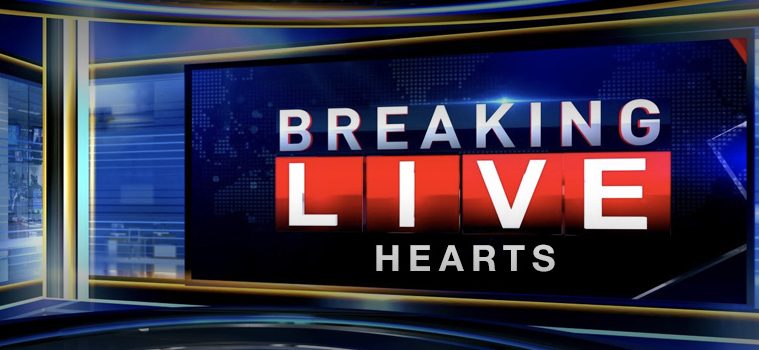THANK YOU CAPT. OBVIOUS –
Mar. 8, 2022 – It’s a lot to process. “I definitely don’t think that anybody should ever be used to seeing things like this,” Lubkova says. “But that’s kind of what it came down to. If I want to know what’s happening in my country, I unfortunately have to see this with my own two eyes.”People in Ukraine and around the world are watching the crisis unfold not only through traditional news sources, but also on social media via raw, personal TikTok videos, Instagram stories, and tweets. It’s not exactly the “first social media war,” as some have branded it; social media has been used to document other armed conflicts, such as the Syrian war that began in 2011. But the way wars are covered on social media has drastically changed over time. In 2011, TikTok didn’t exist and Instagram was a year old. As of Mar. 7, TikTok videos tagged with #ukrainewar have been viewed more than 600 million times, and almost 180,000 Instagram posts have used that hashtag.That stream of information is powerful: it forces people to pay attention and gives them a window into the experiences of people in Ukraine. But tracking up-to-the-minute developments can come at a cost. Research suggests that news coverage of traumatic events can affect viewers’ mental health—and with footage and photos from Ukraine flooding social media and misinformation spreading rampantly, that has implications for public health.



